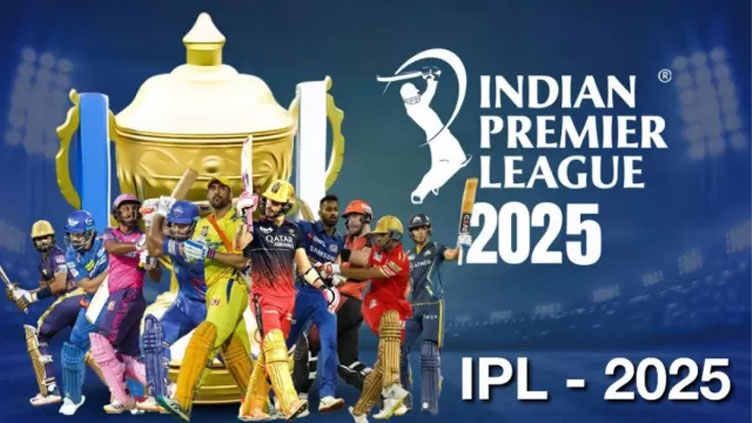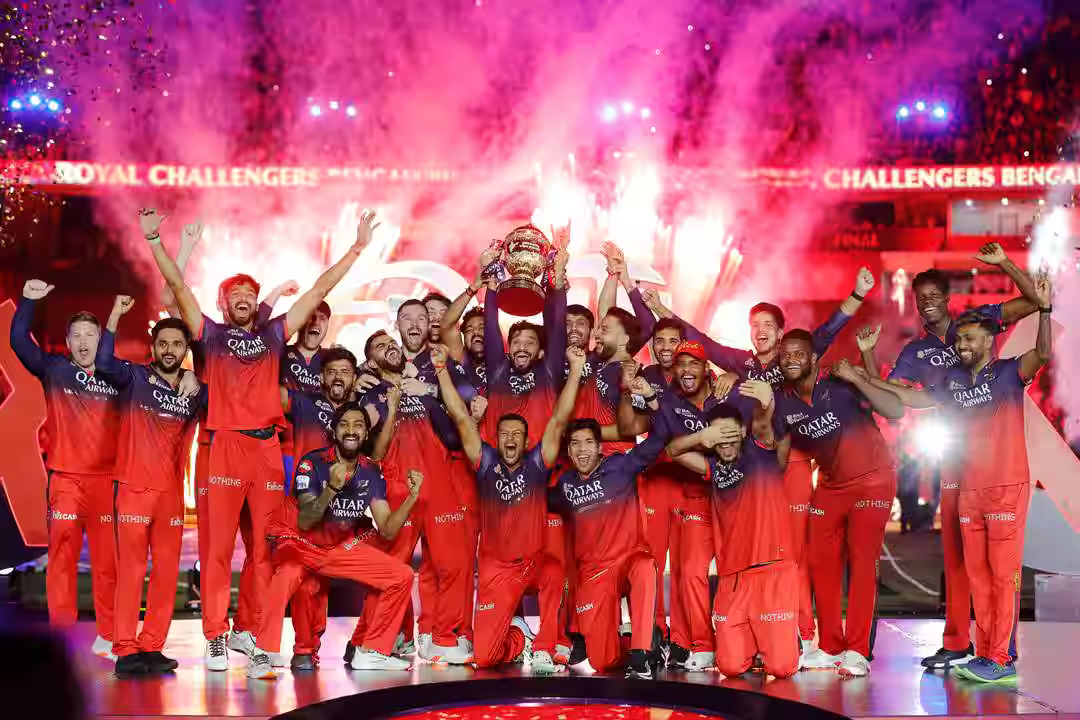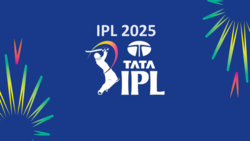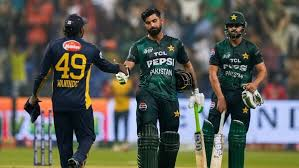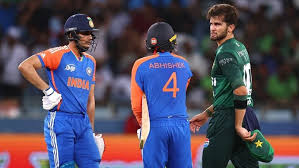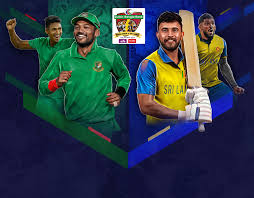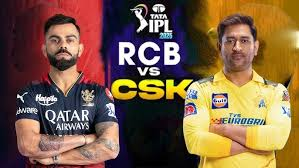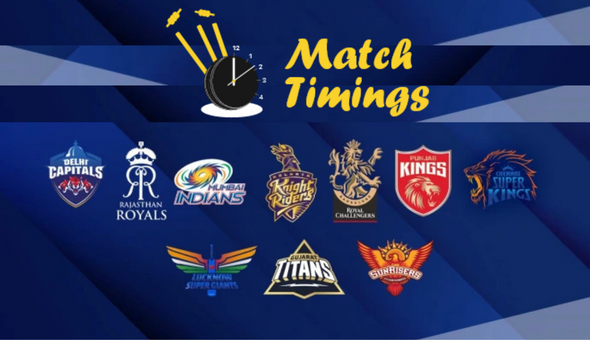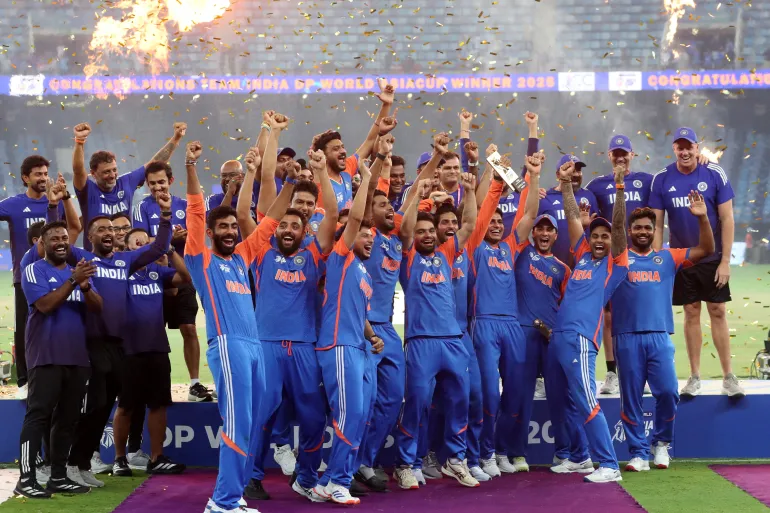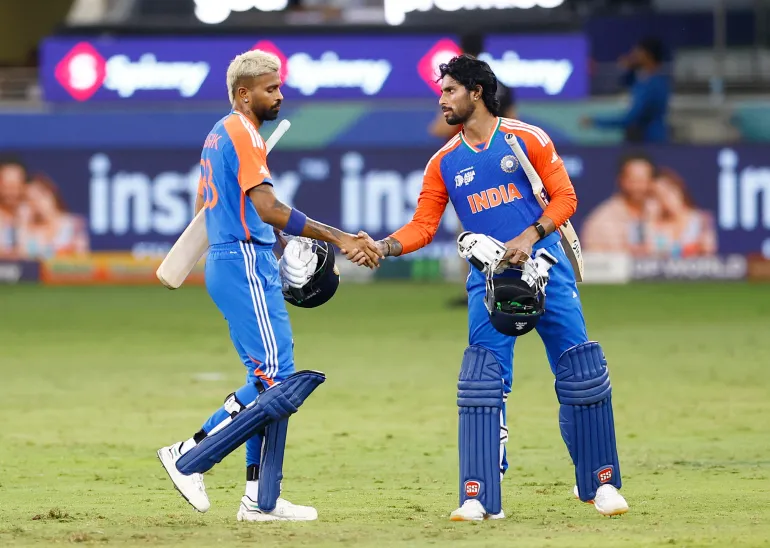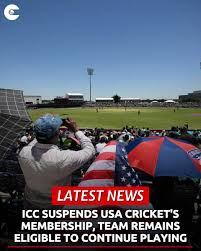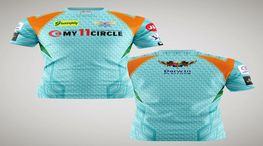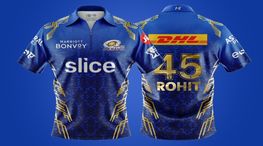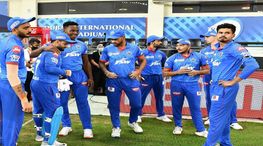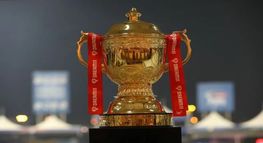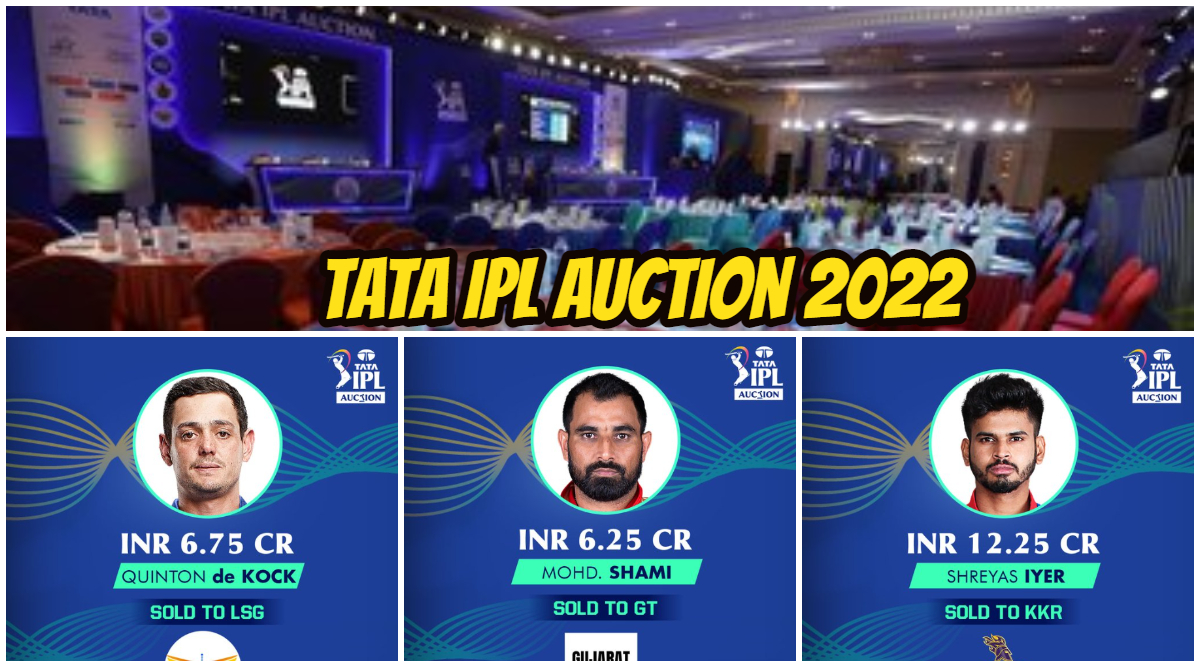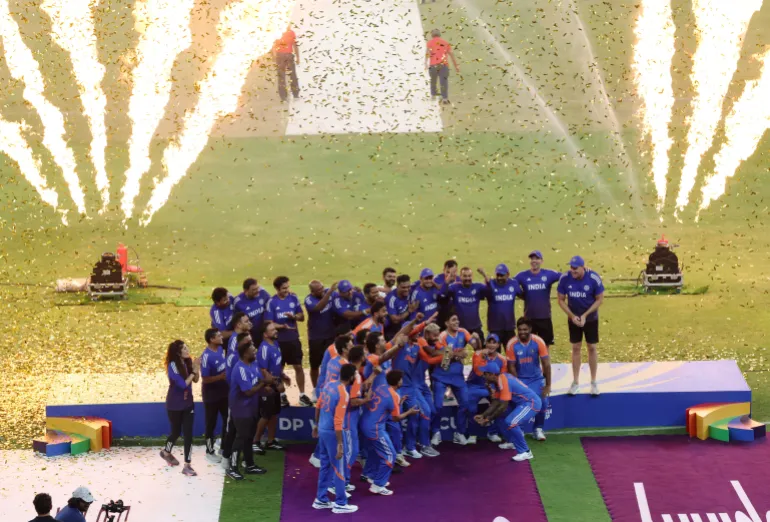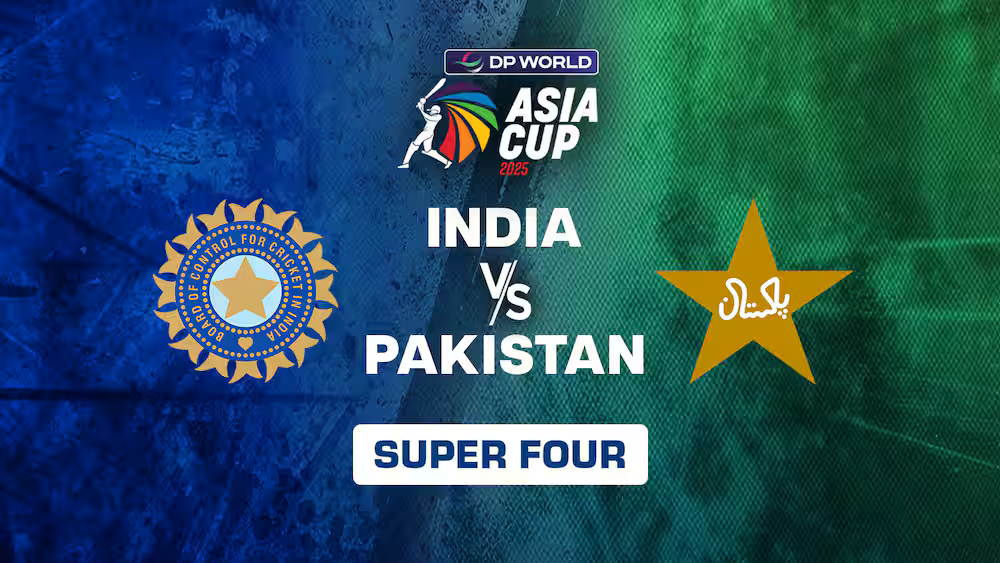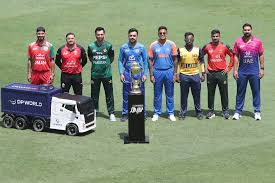List of Events
GBT
Ocean side volleyball is a group activity played by two groups of at least two players on a sand court partitioned by a net. Like indoor volleyball, the goal of the game is to send the ball over the net and to ground it on the adversary's side of the court. Each group works as one to keep the rival group from establishing the ball on their side of the court. Groups are permitted up to three contacts to return the ball across the net, and individual players may not touch the ball two times successively besides after an ignite an endeavored block. Making a block contact leaves just two more contacts before the ball should be hit over. The ball is placed in play with a serve — a hit by the server from behind the back court limit over the net to the rivals. The meeting go on until the ball is grounded on the playing court, goes "out", or a shortcoming is made in the endeavor to return the ball. The group that wins the convention scores a point and starts the accompanying meeting. The players serve in a similar succession all through the match, changing server each time a convention is won by the getting group. Ocean side volleyball in all probability began in 1915 on Waikiki Beach in Hawaii, while the advanced two-player game started in Santa Monica, California. It has been an Olympic game since the 1996 Summer Olympics. The Fédération Internationale de Volleyball (FIVB) is the global administering body for the game, and coordinates the FIVB Beach Volleyball World Championships and the FIVB Beach Volleyball World Tour.

